Your Composer Quest quest, should you choose to accept it, is to arrange a pop song or movie/TV theme for the Twin Cities Trio (Maia Hamann on bassoon, Karen Jennings on oboe, and Mary Beth Huttlin on clarinet). They’re looking for fun tunes to perform for children in schools.
In this shorter, special Composer Quest episode, I do some field reporting at the recent Twin Cities Trio concert. Take a listen and meet the trio!
[audio:https://charliemccarron.com/mediaftp/composerquest/composer-quest-022-twin-cities-trio-arranging-quest.mp3]Right click to download Ep. 22, or open in iTunes.
Submit one or more of your arrangements by Monday, April 1st, 2013 (11:59pm CST) to twin.cities.trio@gmail.com. The best arrangements will be performed live by the trio and featured on the Composer Quest podcast.
Subscribe to Composer Quest
Orchestration Tips
The Twin Cities Trio will gladly help you learn how to orchestrate parts for their instruments. Feel free to email them with any questions: twin.cities.trio@gmail.com.
General tips from clarinetist and composer Mary Beth Huttlin:
- Don’t feel like we all need play all of the time – it is okay (and, in fact, better) if different parts of piece have slightly different textures by using only 2 of the 3 voices.
- Don’t feel like you’re boxed in and the oboe has to have the melody, the clarinet the countermelody and the bassoon the accompaniment – it will help add variety to our program if that is NOT the case. (We can easily balance it.)
- It would be best to avoid multiphonics and more extreme 20th/21st century techniques.
Clarinet part writing tips from Mary Beth:
- Let’s stick with writing for Bb clarinet.
- We can pretty easily play up to an octave higher than the A (A5) that
is one ledger line above the treble clef. (So this A would be A6 if
middle C is C4.) That said, for this type of transcription and with
these instruments, probably D above treble clef is a good outer
guideline. Otherwise, notes higher seem out of place in this
ensemble/type of music. - We can play down to the E below the third ledger line beneath the
treble clef staff (but Eb is not an option. 🙂 ) - Length of notes – not really a problem within reason
- The clarinet has a very wide dynamic range across its registers
Oboe part writing tips from Karen Jennings:
- For the oboe I would say a comfortable range is middle C or D up to C or D that is 2 octaves higher (above the staff). I can play down to a B flat below middle C and all the way up to an F above the staff. The oboe doesn’t have a huge range.
- I can hold notes for a fairly long time…oboe demands it. I’m never too concerned about note length.
Bassoon part writing tips from Maia Hamann:
- Range: Bb below the bass clef to D on the second-to-top line of the treble clef. The E above that is reachable if stepped up to.
- Give me time to breathe.
- Don’t make it boring.
P.S. If you haven’t heard Maia Hamann’s episode on teaching kids to compose, check it out!
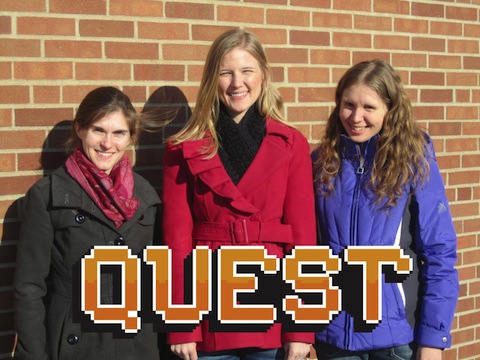
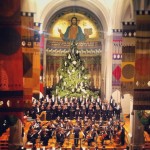
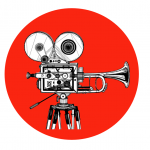
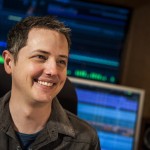
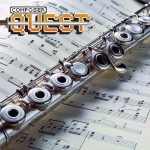
2 comments